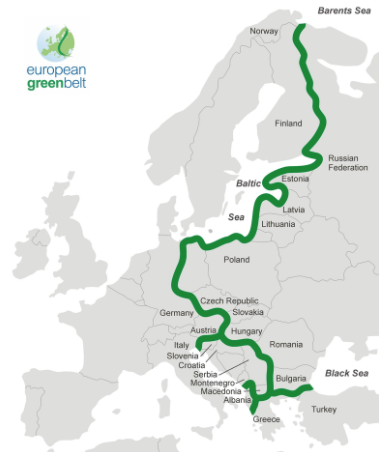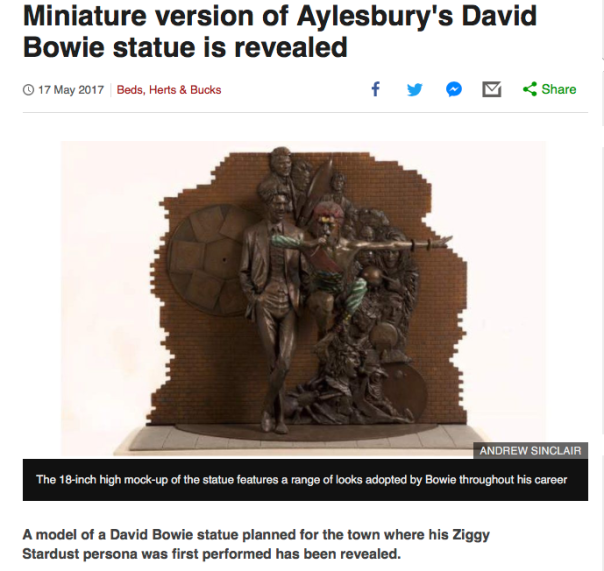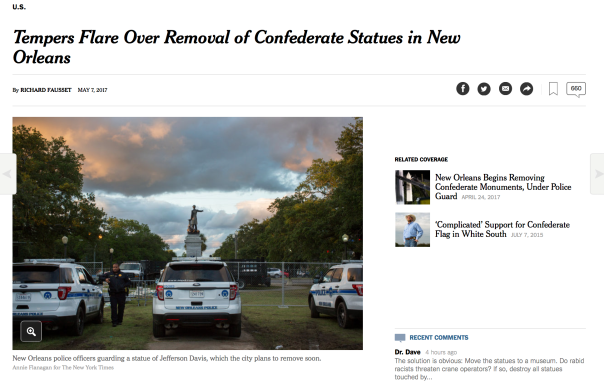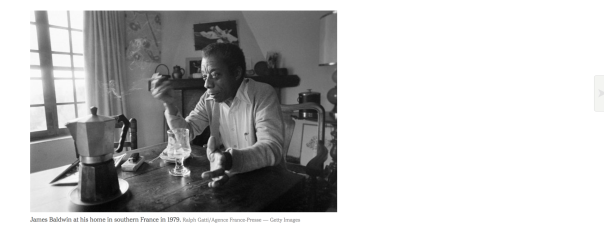| Commisioner: Sarita Vujković (Museum of Contemporary Art of Republika Srpska)
Curators: Christopher Yggdre, Sinziana Ravini, Fredrik Svensk, Anna van der Vliet, in collaboration with Hans-Ulrich Obrist
Exhibitors: Radenko Milak in collaboration with Roman Uranjek, and guest artists : Lamin Fofana, Sidsel Meineche Hansen, Juan-Pedro Fabra Guemberena, Loulou Cherinet, Geraldine Juárez in collaboration with Joel Danielsson, Nils Bech in collaboration with Ida Ekblad.
What would happen if we rewrote the history of art solely from the perspective of the representation of catastrophe? Original or final, the catastrophe, with its natural cataclysms, epidemics and human activities such as wars, has always had an aesthetic dimension and an impact on our desire, imagination and our relation to the world. This is something that one can hardly ignore encountering the art of Radenko Milak—a work totally in line with what Modern History teaches us, that catastrophes are not independent to us: we are its demiurges. After the Second World War Günther Anders, considered Auschwitz and Hiroshima the two founding events of an era in which humanity has become incapable of representing what it has set up or created.
The impossibility of representing catastrophe is, paradoxically enough, not related to the absence of visual documentation. The unrepresentable is primarily defined as the inability to take measure of disaster. At the same time disaster and desire share the same distant etymology. “University of Disaster” can therefore also be read as “University of Desire,” desire as antidote to the crushing feeling of powerlessness in the face of surrounding disaster. What can art do in this new era of unrepresentable disaster? What is the relation between disaster and desire today?
It is in light of these questions that the exhibition takes on its meaning, presenting new works by Radenko Milak together with guest artists from different parts of the world.
Through his work, Milak questions the imagination of the image in the digital era. His practice involves the real or supposed power of images and their status in our visually-saturated societies. He reveals the aesthetic potential and phantoms of each image that haunt our consciences by creating unfaithful echoes of the continuous flow of images in our global visual archive. For this exhibition, he has created a Wunderkammer of films, paintings, watercolors, collages, some in collaboration with Roman Uranjek, which gives the political, social and environmental disasters an entirely new dimension, inviting us to drift towards the horizons of a world where art becomes the last form of resistance to current and future disasters.
The guest artists are engaged in other aspects of the disasters and desires, confronting, contradicting and adding to the proposals by Milak & Uranjek, turning the exhibition into a complex montage, inviting the audience to make up new connections between the tensions in the works. The beauty of unrequited love in the performance work of Nils Bech with Ida Ekblad is played out in the context of the magic of the feminist intervention by Sidsel Meineche Hansen, subverting the power and desire in the sexist matrix of contemporary digital pornography, accompanied by the brutal bliss of Lamin Fofana´s techno music installation reflecting the horrors of forced migration, in contrast to the seductive contradictions of Geraldine Juárez and Joel Danielsson´s frozen installation that stores, layers and fuses geologies and memories against the backdrop of desires and disasters of media history and climate change, and the powerful camouflage of Juan-Pedro Fabra Guemberena´s installation on the expanded potential of the strategy of camouflage in a world of disasters.
But, University of Disaster is not only the exhibition at the Pavilion of Bosnia and Herzegovina, it is also the starting point for a real university, a shared creative space of knowledge and imagination building. A conference will be held in Venice with writers, researchers, theorists and artists in November during the last week of the 57th Venice Biennale. For this occasion, a new commissioned work by Loulou Cherinet will be presented.
Events
Opening with a Nils Bech performance
May 12, 6pm
Loulou Cherinet: Ongoing research performance
May 9–14
Release of Paletten Art Journal, with a Nils Bech performance
May 9, 6pm
Nils Bech performances
May 10–11, 3 and 6pm |








